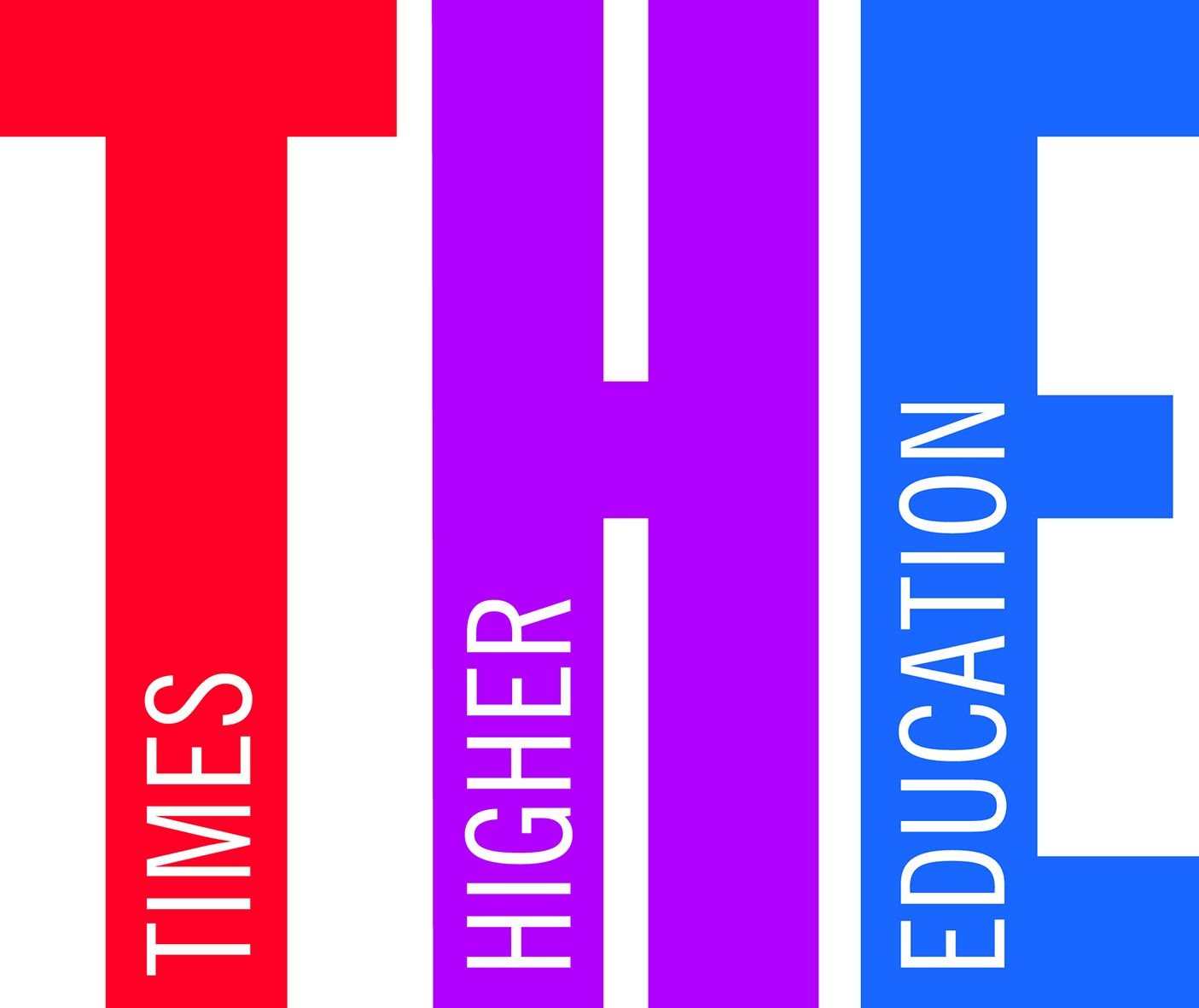You have /5 articles left.
Sign up for a free account or log in.
Female economists write papers that are more readable than those produced by their male counterparts but take significantly longer to get published, a new study has found.
Research presented at the Royal Economic Society’s annual conference said that female-authored papers were between 1 and 6 percent better written than male peers’ efforts, according to common readability tests. The gap was largest in published texts rather than in earlier drafts, with the difference principally generated during the peer-review process.
 Female-authored papers took six months longer to get published, on average, says author Erin Hengel, lecturer in economics at the University of Liverpool.
Female-authored papers took six months longer to get published, on average, says author Erin Hengel, lecturer in economics at the University of Liverpool.
For her paper, “Publishing While Female: Gender Differences in Peer-Review Scrutiny,” Hengel analyzed more than 9,000 articles published in four leading economics journals since 1950. She found that papers written by men typically took around 18 and a half months to pass through peer review, while papers by women took just over two years on average.
The findings indicate that high readability might be the result of unconscious bias during peer review, with women being held to higher standards by reviewers. If women are “stereotypically assumed less capable” and need more evidence to rate as equally competent, the paper says, “well-intentioned referees might (unknowingly) inspect their papers more closely, demand a larger number of revisions and … be less tolerant of complicated, dense writing.”
Although this extra scrutiny is not necessarily a bad thing, Hengel told Times Higher Education that it “isn’t costless”: peer review is prolonged, referees spend more time evaluating women’s papers and women spend more time responding. Hengel said this amounted to a “significant time tax” for female authors, and that these higher standards imposed a “quantity versus quality trade-off” that would affect female academics’ careers.
“Unequal time spent making revisions leads to unequal time conducting new research and potentially justifies lower pay and promotion rates,” she said. “Tougher standards reduce women’s output [but] ignoring them undervalues female labor and may account for general instances of lagging female productivity and wages.”
Besides better readability pre- and post-publication, the paper also found women’s writing gradually improved more over time, whereas men’s did not. Between their first and third published articles, the average readability gap between male and female authors grows by 12 percent, Hengel found.
“In theory, better writing puts women at an advantage,” Hengel concluded. “But although women write more clearly and journals appreciate well-written articles, there’s no evidence that women’s papers are more likely to be accepted than men’s papers. So higher readability standards for female authors only really end up restricting the quantity of research female scientists produce.”








